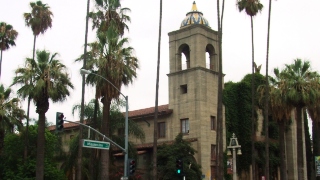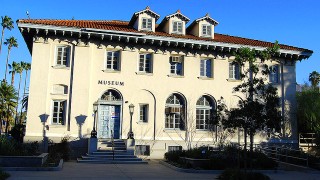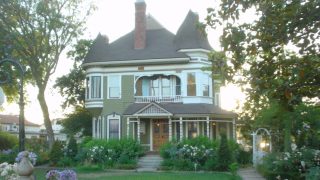The Montecito Project Type:
Vacant, Ready to build Lot Project Location:
Overlook Parkway & Via Montecito, Riverside, CA
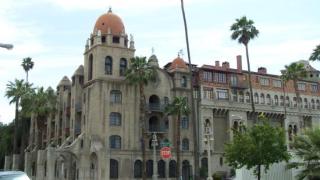
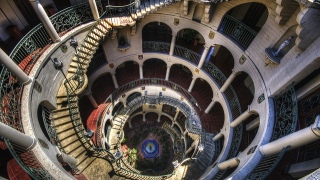
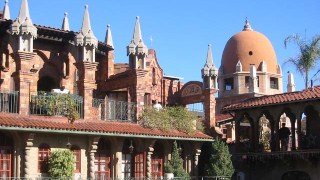
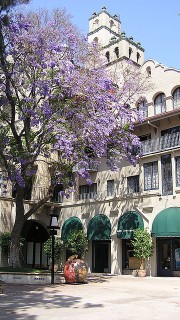
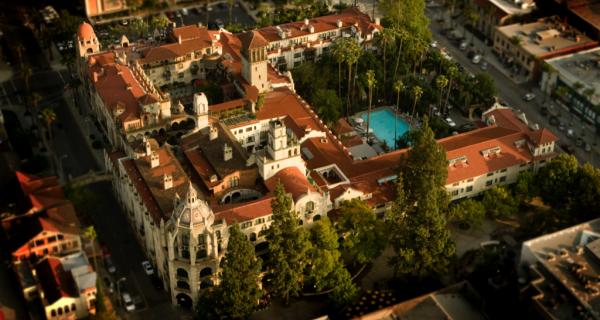
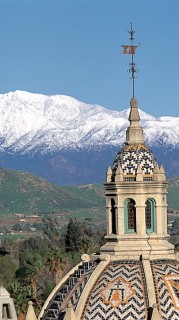
Riverside's Mission Inn Hotel & Spa remains one of the defining points of the city. With its four restaurants and 239 rooms, the hotel has welcomed 10 presidents in its more than 100-year history, and is a national historic landmark.
The hotel was first established by Christopher Columbus Miller in 1876, and building was continued and supervised by his son, Frank Miller, who worked on the structure until his death in 1935. Initially purchased by Mission Inn owner Frank Miller as an enticement for the hotel's guests, Mount Rubidoux has since gained fame for its notable Easter Sunday Sunrise service.
Stylistically, the Mission Inn reflects many different architectural periods, with Spanish, Mediterranean and Tuscan themes. Within the hotel's grounds and interior rest a number of historical artifacts and collections from Frank Miller's travels-including a bell dating back to 1274.
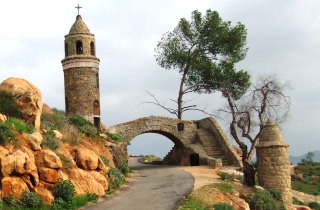
Since its restoration in 1992, the Mission Inn Hotel & Spa has blossomed into a premier resort destination with upscale restaurants, banquet and meeting facilities. Owner Frank Miller's Mission Inn epitomized his role as Riverside's leading exponent of the Mission Revival style. Built between 1902 and 1932, the Inn has hosted a number of famous visitors including Presidents Taft, Roosevelt and Ford. President and Mrs. Nixon were married in the Mission Inn Chapel.
Mount Rubidoux provides trails for hikers, rock climbers and outdoor enthusiasts, and is an ideal vantage point overlooking Riverside's cityscape. The trail is dotted with historical plaques and commemorations celebrating Riverside's rich history.
Initially purchaed by Mission Inn owner Frank Miller as an enticement for the hotel's guests, Mount Rubidoux has since gained fame for its notable Easter Sunday Sunrise service.
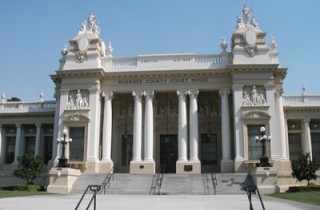
Designed in the classical style after the Grand and Petit Palais of Paris, France, the city's historic downtown courthouse creates a beautiful centerpiece in Riverside County's legal landscape.
The county's first courthouse was designed by Franklin Pierce Burnham in the style of Beaux-Arts Classicism to duplicate the facade of the 1900 Paris Exposition's Grand Palace of Fine Arts. Brick and concrete were used for this building, which features lonic columns and classic sculpture. It was completed in 1903 and underwent an extensive renovation in the 1990s.
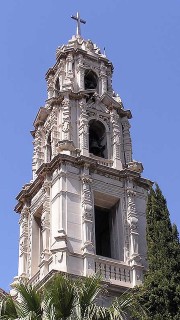
The Spanish Colonial Revival structure, built in 1913, was designed by Myron Hunt, a leading California architect who also drew plans for the Spanish wing of the Mission Inn and the Rose Bowl in Pasadena.The church has eight stained-glass windows and a 1959 Austin pipe organ with 2,292 pipes. First Congregational Church was founded in 1872, when Riverside was in its infancy, and Sunday morning services continue to this day.
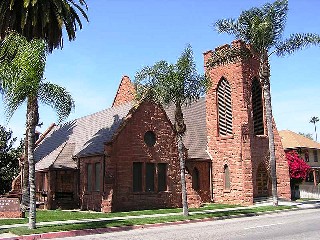
The Universalist Unitarian Church of Riverside was started July 24, 1881, by the Rev. George Henry Deere, who came from Minneapolis. The church was first just a Universalist church and was known as All Souls Church. Today's church building, a Norman English Gothic building built of unreinforced brick faced with Arizona red sandstone, was completed in 1892 at the corner of Mission Inn Avenue and Lemon Street. The church has a 50-foot tower and stained glass windows. When the church was first built, it was very pink due to the red sandstone used, but that over time, pollution and city grime has dulled the redness.
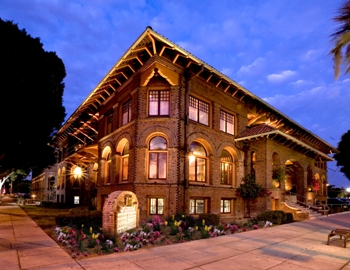
The YMCA building in Riverside, California, United States, is a building in downtown Riverside that has been used for various functions over the years, but is currently the Life Arts Center. The building was designed in the style of an Italian Renaissance palazzo. In 1980 the building was granted historic status by the city, and designated as city landmark #41. Built in 1909, it was the second YMCA building in Riverside. The YMCA vacated the building in 1968, moving to its current premises at 4020 Jefferson Street. In 1974 the building was purchased and refurbished by the Church of Scientology. The Church owned the property for over eight years.
There are many more others historical landmarks in the city of Riverside that can educate us to further appreicate the classical architectural design. These buildings offer us an opportunities to learn more about the history of the city of Riverside along with the reasons why it was once a city with the highest per captiter in the United States.
